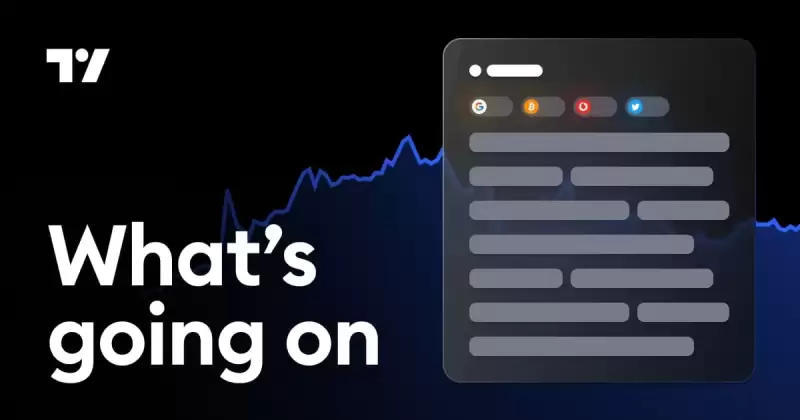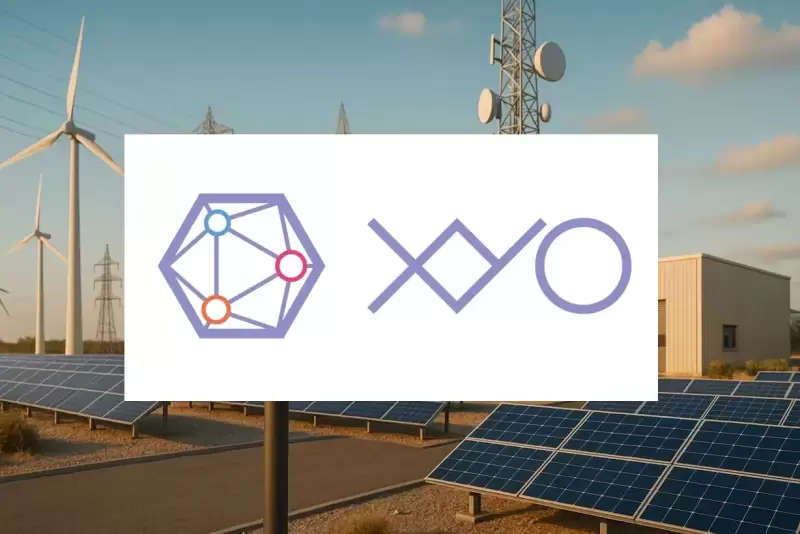 |
|
 |
|
 |
|
 |
|
 |
|
 |
|
 |
|
 |
|
 |
|
 |
|
 |
|
 |
|
 |
|
 |
|
 |
|
Cryptocurrency News Articles
Astar Network Implements Changes to Its Tokenomics to Reduce Inflationary Pressures
Apr 18, 2025 at 07:25 pm
On April 18, Astar Network announced that it reduced the blockchain’s base staking rewards to 10% from 25% to curb token inflation.

A blockchain firm Astar Network has implemented changes to its tokenomics in a bid to reduce inflationary pressures in its ecosystem.
On April 18, Astar Network announced that it reduced the blockchain’s base staking rewards to 10% from 25% to curb token inflation.
The company said the move promotes a more stable annual percentage rate (APR) for users as staking edges closer to a more ideal ratio. This ensures that rewards “remain meaningful” without causing excessive inflation.
“This change lowers automatic token issuance, reducing overall inflationary pressure while maintaining strong incentives for users to stake their ASTR,” Astar Network noted.
Unlike Bitcoin, which has a fixed total supply, the ASTR token operates under a dynamic inflation model with no cap on its maximum token supply. As the blockchain operates, it emits more tokens, increasing the supply.
Having no fixed supply can often exert downward pressure on the token’s value over time. This is especially true if the demand for the token does not keep up. To address this, Astar is introducing several new inflation-control mechanisms.
Apart from lowering staking rewards, Astar also started routing token emissions into a parameter that governs total value locked (TVL)-based rewards like decentralized application staking. This means that DApp staking APRs will become “more predictable” over time, offering stability to stakers.
Astar also introduced a new minimum token emission threshold of 2.5% to ensure it doesn’t exceed a sustainable baseline. With continued transaction fee burning, Astar said it would also contribute to reward predictability.
According to Astar, the changes have already lowered its annual inflation rate from 4.86% to 4.32%. It also lowered its total ASTR token emitted per block from 153.95 to 136.67 tokens. This reduces the token’s estimated annual emissions by 11%, going from 405 million to 360 million.
Astar token hits all-time low on April 7
Astar Network’s efforts to curb token inflation come as its native token recently hit an all-time low. CoinGecko data shows that on April 7, the ASTR token declined to a new low of $0.02. The price is 93.8% lower than its peak three years ago, when it reached $0.42 on January 17, 2022.
In December 2024, the token rallied along with the rest of the market, hitting a high of $0.09. Since then, the crypto asset had continuously dropped in value before hitting the new all-time low.
Disclaimer:info@kdj.com
The information provided is not trading advice. kdj.com does not assume any responsibility for any investments made based on the information provided in this article. Cryptocurrencies are highly volatile and it is highly recommended that you invest with caution after thorough research!
If you believe that the content used on this website infringes your copyright, please contact us immediately (info@kdj.com) and we will delete it promptly.
-

-

-

-

-

-

- Canary Capital Has Filed an S-1 Registration with the US Securities and Exchange Commission (SEC) to Launch a Spot Exchange-Traded Fund (ETF) Focused on Tron (TRX)
- Apr 19, 2025 at 06:25 pm
- The proposal, submitted on April 18, is the first of its kind to offer investors exposure to TRX's market performance while also providing staking rewards.
-

-

-





























































